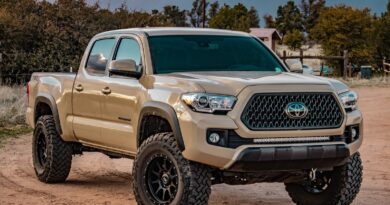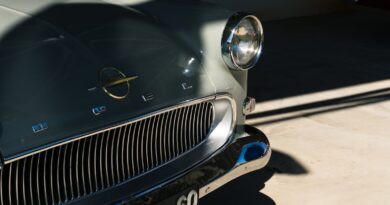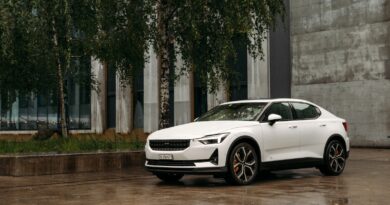History of Mitsubishi
Mitsubishi is a well-known car brand that has been around for over a century. The company was founded in 1870 by Yataro Iwasaki, who was the fifth son of a samurai family. The company began as a shipping company and eventually grew to become one of the largest industrial conglomerates in Japan.
Mitsubishi’s first foray into the automotive industry came in 1917 when it began producing the Mitsubishi Model A, which was the first mass-produced car in Japan. The Model A was a small, two-seater car with a top speed of just 25 mph. It was powered by a 4-cylinder engine and had a range of about 60 miles.
In the 1930s, Mitsubishi began producing larger cars, such as the Mitsubishi PX33, which was a four-door sedan. This car was powered by a 6-cylinder engine and had a top speed of 60 mph. In 1937, Mitsubishi released the PX33-B, which was the first Japanese car to feature a monocoque body.
In the 1950s, Mitsubishi began producing a range of smaller cars, such as the Mitsubishi 500, which was a two-door coupe. This car was powered by a 2-cylinder engine and had a top speed of just 50 mph.
In the 1960s, Mitsubishi began producing larger cars, such as the Mitsubishi Galant, which was a four-door sedan. This car was powered by a 4-cylinder engine and had a top speed of 90 mph. In 1969, Mitsubishi released the Galant GTO, which was the first Japanese car to feature a turbocharged engine.
In the 1970s, Mitsubishi began producing a range of sports cars, such as the Mitsubishi Lancer, which was a two-door coupe. This car was powered by a 4-cylinder engine and had a top speed of 110 mph. In 1979, Mitsubishi released the Lancer Evolution, which was the first Japanese car to feature an all-wheel drive system.
In the 1980s, Mitsubishi began producing a range of luxury cars, such as the Mitsubishi Debonair, which was a four-door sedan. This car was powered by a 6-cylinder engine and had a top speed of 120 mph. In 1989, Mitsubishi released the Debonair VX, which was the first Japanese car to feature a V6 engine.
Today, Mitsubishi continues to produce a range of cars, from small city cars to large luxury cars. The company has also ventured into the electric vehicle market with the Mitsubishi i-MiEV, which is an all-electric car.
Mitsubishi has come a long way since its humble beginnings as a shipping company. The company has become one of the leading car manufacturers in the world and has a long history of producing reliable and innovative cars.
Mitsubishi is a well-known Japanese car manufacturer that has been producing cars since 1917. The company has a long history of producing reliable and stylish vehicles, and has been a leader in the automotive industry for decades. Mitsubishi is known for its iconic models such as the Lancer Evolution, the Outlander, and the Pajero. Here is a look at some of the most well-known car models of Mitsubishi.
The Lancer Evolution is one of the most iconic models of Mitsubishi. It is a high-performance sports car that has been around since 1992. The Lancer Evolution is known for its powerful engine, sharp handling, and aggressive styling. It has been a popular choice for rally racing and has been featured in many racing video games.
The Outlander is another popular model from Mitsubishi. It is a mid-size SUV that has been around since 2001. The Outlander is known for its roomy interior, comfortable ride, and reliable performance. It is a great choice for families who need a vehicle that can handle a variety of tasks.
The Pajero is a large SUV that has been around since 1982. It is known for its rugged off-road capabilities and its luxurious interior. The Pajero is a great choice for those who need a vehicle that can handle tough terrain and also provide a comfortable ride.
These are just a few of the most well-known car models of Mitsubishi. The company has a long history of producing reliable and stylish vehicles, and these models are a testament to that. Whether you are looking for a reliable family car, a powerful sports car, or a rugged off-roader, Mitsubishi has a model that will fit your needs.




